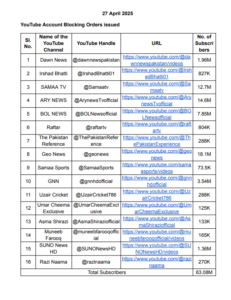West Bengal Education Dep notifies new State Education Policy
Kolkata, Sep 10 (PTI) The West Bengal Education department has notified the new State Education Policy (SEP) which retains the existing pattern of school education.
The Education department issued the notification on September 9 which mooted the continuation of the state’s 5+4+2+2 school structure.
“Whereas, the state government has been considering the need of revamping its existing education system starting from pre-primary to higher education level in the state of West Bengal to ensure higher standard of education to all students, with particular focus on marginalised, disadvantaged and under-represented groups,” the notice said.
“And whereas, the state government, for this purpose constituted an expert committee comprising of eminent educationists,” the notification said.
The West Bengal government had set up the committee in April 2022 having distinguished academics – Gayatri Chakravorty Spivak, Sugata Bose, Suranjan Das – to guide the state about its response to the National Education Policy, which had been approved by the Union Cabinet on July 29, 2020, replacing the 34-year old National Policy on Education.
The committee submitted its findings to the West Bengal Education department earlier this year.
“The said committee, after due deliberation and in consultation with stakeholders… submitted its recommendations… the state government finalised the draft State Education Policy, 2023 based on the recommendations of the expert committee… the state cabinet has approved the State Education Policy, 2023 in its meeting dated August 7…Therefore, in consideration of all the above, the State Education Policy, 2023 is hereby notified, as appended with this notification with immediate effect,” the notice read.
An education department official said the SEP has notified to continue with the 5+4+2+2 pattern for school education.
“The policy specified beginning with one year of pre-primary, four years of primary up to class 4, two years of secondary and two years of higher secondary,” he told PTI.
“The sole change in the existing structure is the inclusion of the first two years of education at an Anganwadi centre, to be followed by one year of pre-primary. But the rest structure of primary, upper primary, secondary and higher secondary would remain,” he said.
In the higher education level, classes 11 and 12, semester-level exams have been specified “to ease the transition from school to university in a phased manner… having a combination of multiple choice questions and descriptive ones” in the two semesters.
About the three-language formula, it said “it will be introduced for students of classes 5 to 8 depending upon the availability of infrastructure.”
While mother tongue as the first language will be the medium of instruction (Bengali in Bengali medium schools, Nepali in Nepali medium, Hindi in Hindi medium schools) which will also be determined by the linguistic and ethnic profile of the area, the second language will be any language other than the first language based on the preferences of the student (including English for vernacular mediums). The third language can be “any other language opted by the student, other than the first and second languages.
At the primary level, the policy suggested Bengali as a subject may be introduced from class 1 for students of other mediums of instruction.
The state has already mooted 4+1 formula for higher education where UG honours courses have been structured for four years instead of three and PG courses for one year in place of two.
Expert Committee member Aveek Majumder told PTI, “We are happy that all our recommendations have been accepted by the government. To structure the school education sector in a rationalist way and its smooth transition to higher studies level. We hope our recommendations will help our students to be on par with their counterparts nationally and globally.”
He said the recommendation by the expert committee to form a panel for implementing the recommendations at the earliest will also be taken up by the government.






